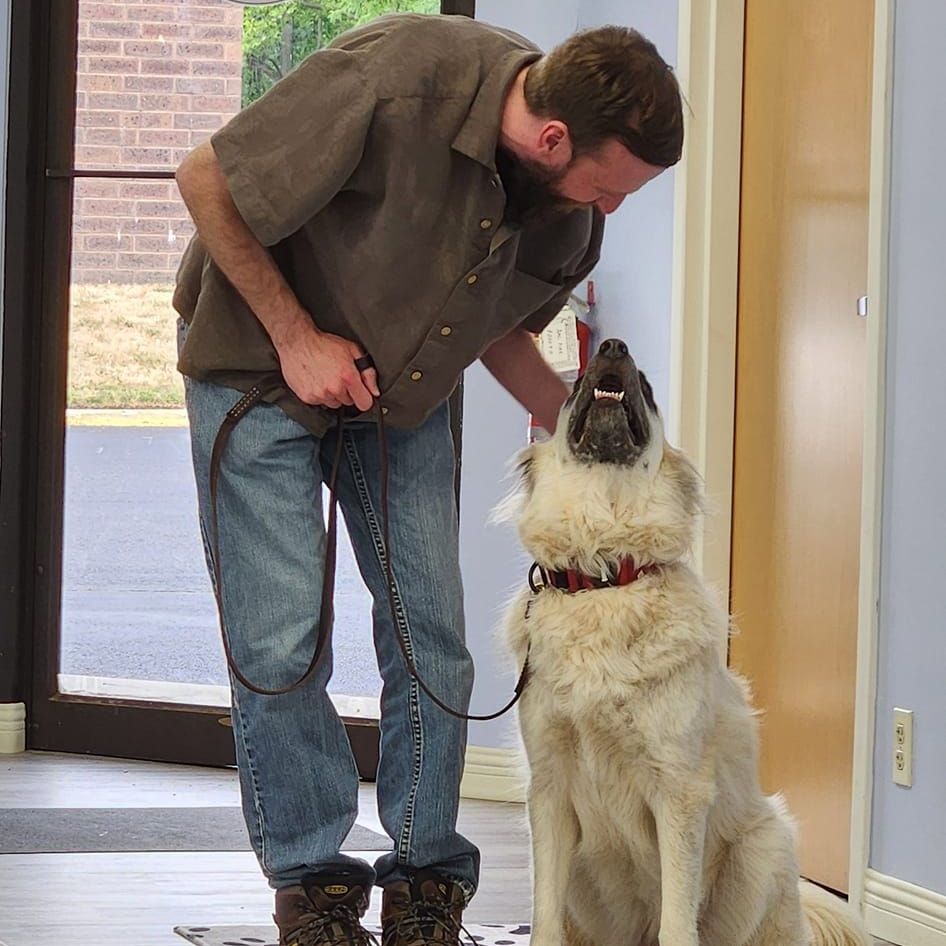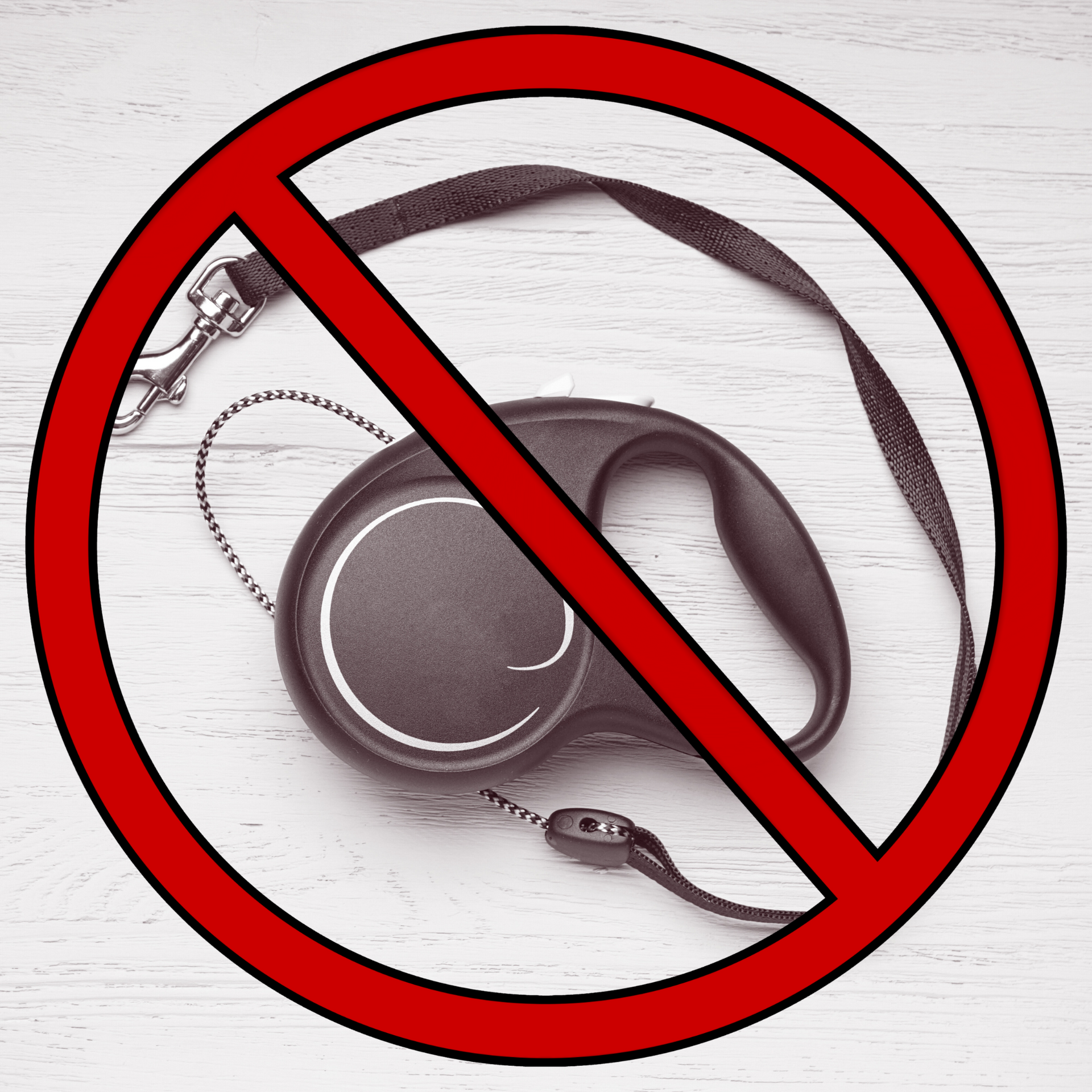
(856) 359-4412
Pit Bulls: Misunderstood Sweethearts Who Deserve a Second Chance
Sue Battel, Certified Behavioral Trainer
For forty years, I've dedicated my life to understanding dogs. And throughout my journey, one breed has consistently captured my heart: the Pit Bull. Sadly, these incredible dogs are often misunderstood and unfairly stereotyped, leading to lives filled with neglect and even abuse. It breaks my heart to see their potential go unrealized.
From Fear to Fascination: My First Pit Bull Encounter
My journey with Pit Bulls began early in my career, where I encountered a timid soul named Caesar. He was abandoned, and despite the whispers about his 'aggressive' breed, I saw a gentle spirit yearning for love. That encounter ignited a lifelong passion to learn everything I could about these amazing dogs and to help them find the loving homes they deserve.
The Truth About Pit Bulls: Loyal, Smart, and Sensitive
The truth is, Pit Bulls are not inherently aggressive. They are loyal, intelligent, and incredibly sensitive dogs. Their strength and power are often misconstrued as aggression. However, with the right training – focused on positive reinforcement, patience, and understanding – Pit Bulls thrive. Harsh training methods have no place in their lives. They need gentle guidance, clear boundaries, and most importantly, a loving, consistent relationship with their human companions.
From Abuse to Adoration: My Rehabilitation Mission
Throughout my career, I've had the privilege of working with many rehabilitated Pit Bulls. These dogs, despite enduring unimaginable cruelty, possess an incredible capacity for forgiveness and love. They yearn for connection and thrive in environments built on trust and respect.
Pit Bulls are wonderful companions, bringing joy and laughter to families of all kinds. They're affectionate, playful, and surprisingly gentle. They love to cuddle and shower their humans with sloppy kisses. While every dog is unique, and not every Pit Bull is the right fit for every home, they deserve to be lovevd as individuals, not based on outdated and harmful stereotypes.
Snuggles, Kisses, and Unconditional Love
These dogs can withstand incredible hardship, yet shower you with unconditional love. They're cuddle monsters who truly believe they're lap dogs! And let's not forget those legendary Pit Bull kisses – the best in the business! While Pit Bulls may not be the perfect breed for everyone (just like any other breed!), they are far from vicious.
Let's Change the Narrative: Love, Understanding, and Second Chances
They deserve a chance to be loved! Look into their eyes, and you'll see a depth of soul that's truly captivating. Let's work together to change the stigma surrounding this beautiful breed. They need your love, your help, and most importantly, a second chance.


